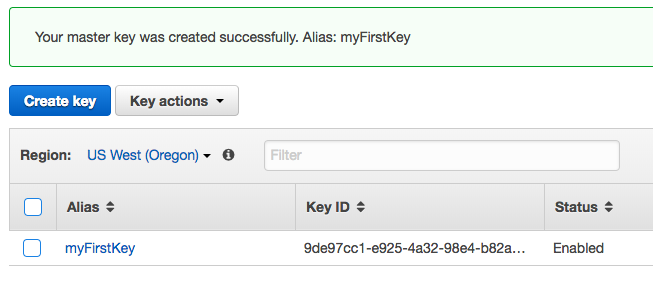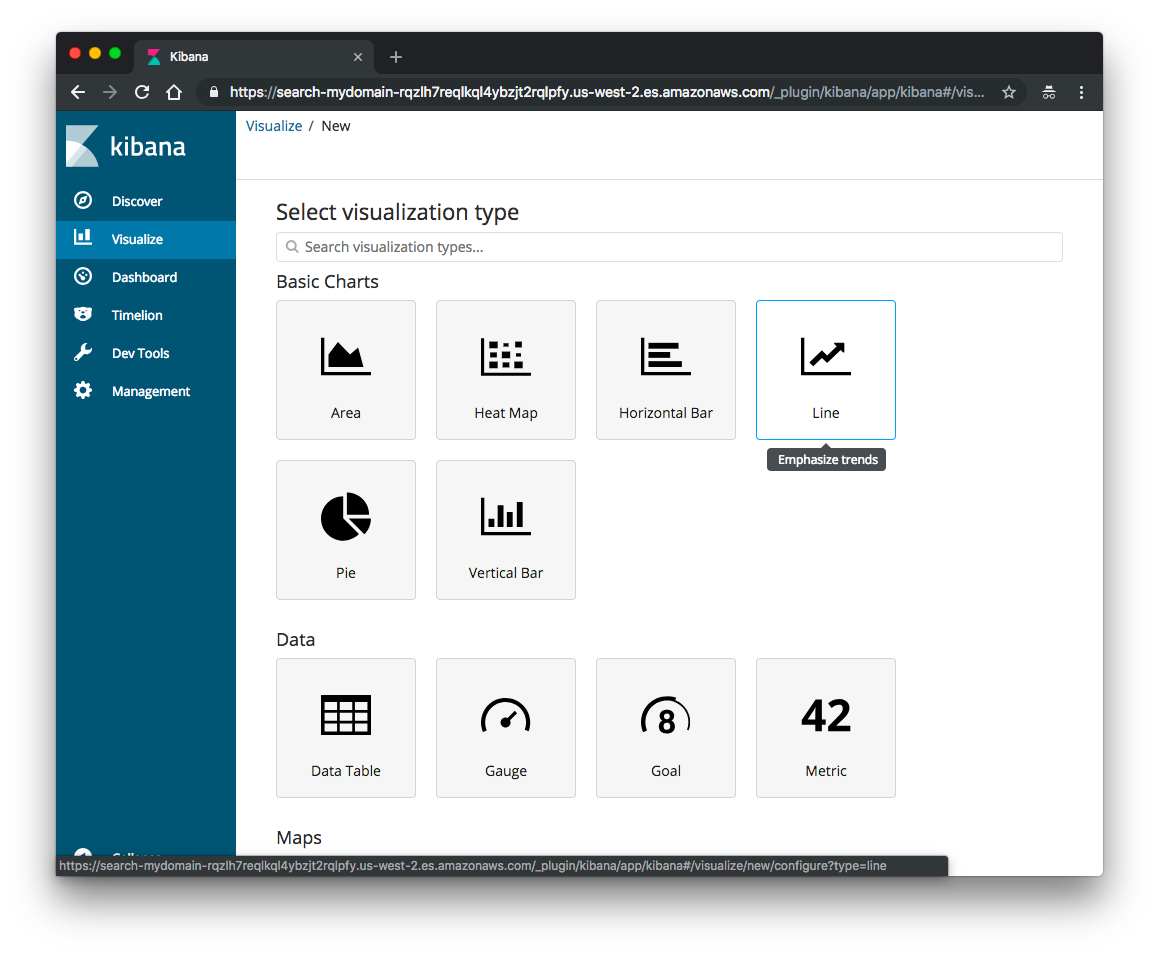

AWS QWIKI LABS IAM ROLES WINDOWS
AWS : Windows Servers - Remote Desktop Connections using RDP.AWS : Adding a SSH User Account on Linux Instance.AWS : Setting up Autoscaling Alarms and Notifications via CLI and Cloudformation.AWS - OpenVPN Protocols : PPTP, L2TP/IPsec, and OpenVPN.DevOps / Sys Admin Q & A (VI) - AWS VPC setup (public/private subnets with NAT).AWS : VPC (Virtual Private Cloud) 3 - VPC Wizard with NAT.AWS : VPC (Virtual Private Cloud) 2 - VPC Wizard.AWS : VPC (Virtual Private Cloud) 1 - netmask, subnets, default gateway, and CIDR.AWS & OpenSSL : Creating / Installing a Server SSL Certificate.AWS : Load Balancing with HAProxy (High Availability Proxy).AWS Application Load Balancer (ALB) and ECS with Flask app.AWS : ECS with cloudformation and json task definition.AWS : Lambda Serverless Computing with EC2, CloudWatch Alarm, SNS.AWS : CloudWatch & Logs with Lambda Function / S3.AWS : WAF (Web Application Firewall) with preconfigured CloudFormation template and Web ACL for CloudFront distribution.AWS : Creating a CloudFront distribution with an Amazon S3 origin.AWS : S3 (Simple Storage Service) 8 - Archiving S3 Data to Glacier.
AWS QWIKI LABS IAM ROLES HOW TO
AWS : S3 (Simple Storage Service) 7 - How to Copy or Move Objects from one region to another.AWS : S3 (Simple Storage Service) 6 - Bucket Policy for File/Folder View/Download.AWS : S3 (Simple Storage Service) 5 - Uploading folders/files recursively.AWS : S3 (Simple Storage Service) 4 - Uploading a large file.AWS : S3 (Simple Storage Service) 3 - Bucket Versioning.AWS : S3 (Simple Storage Service) 2 - Creating and Deleting a Bucket.AWS : Creating an instance to a new region by copying an AMI.

AWS : Creating an EC2 instance and attaching Amazon EBS volume to the instance using Python boto module with User data.AWS : Adding swap space to an attached volume via mkswap and swapon.AWS : Attaching Amazon EBS volume to an instance.AWS : Creating a snapshot (cloning an image).AWS : EKS (Elastic Container Service for Kubernetes).The difference here is that Role_A will need an additional policy with sts:AssumeRole permissions. Role_B needs to have its trust relationship modified to allow Role_A to assume it. In this case, the process from above stays the same. Let’s say Role_A and Role_B are in different accounts. You can read more about this element in the AWS docs. It can only exist in the trust relationships of roles (you’ll get errors if you try to use the Principal element in an IAM Role policy). However, the Principal element cannot be used in policies attached to Roles. In general, the Principal element is used in policies to give users/roles/services access to other AWS resources. Note the Principal element where we specify the role that we want to give permissions to.

This is all that’s needed to allow a role to assume another role within the same account.


 0 kommentar(er)
0 kommentar(er)
